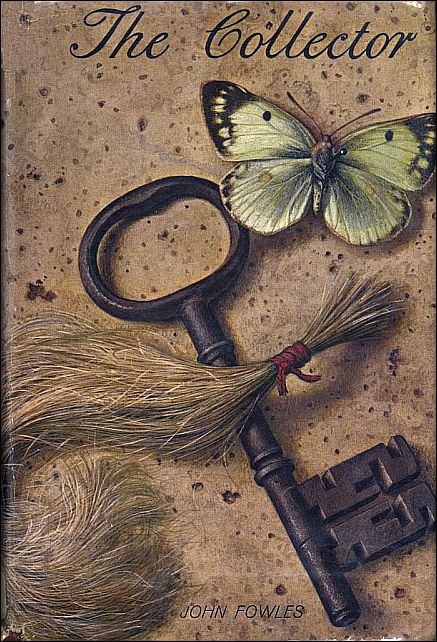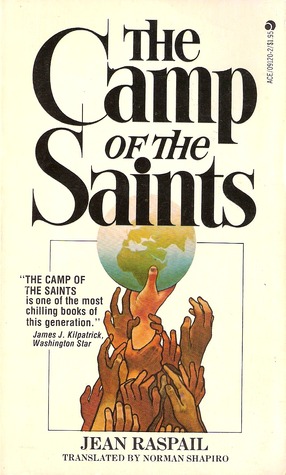A work of literature is supposed to inspire a reader. Some works teach of heroism, others of friendship and love. In most cases, authors have a personal relationship with their characters and stories and hope that their work will be appreciated by the reading public. The last thing a writer expects is for their work to inspire a heinous act, especially one as horrible as murder. This is exactly what these works did in our top ten list of literary works that inspired violence.
10. The Collector
The novel by John Fowles was published in 1963 and has had a lasting impact on the minds and hearts of its readers. The basic plot of the novel follows a butterfly collector, Frederick Clegg, who has Asperger’s syndrome. The alienated Clegg wins a soccer pool that allows him to live apart from society. Despite his solitary nature, Clegg becomes lonely and kidnaps a long obsession of his, a woman named Miranda. Clegg keeps her in a cellar, and promises not to hurt her if she remains there.
Sure enough, California serial killers Charles Ng and Leonard Lake named one of their schemes “Operation Miranda.” During the 1980s, the duo tortured and murdered 11 people. Leonard Lake later committed suicide, but Ng was found guilty of the imprisonment, torture and murder. Ng said they had been inspired to capture the women after reading “The Collector.”
In addition, serial killer Christopher Wild had the book in his possession when he killed himself.
9. Catcher in the Rye
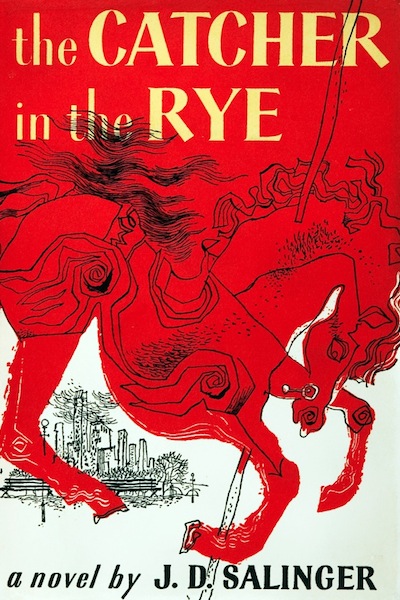
One of the most famous novels on this list was written by J.D. Salinger and was his only major work. The story chronicles a journey through New York, through the eyes of a young man, Holden Caulfield, who is quick to recognize the superficiality and fakeness of his peers and others in society. A literary and cultural success, the work gained immediate main stream success and propelled Salinger to iconic status. Dealing with a degree of fame that he found unsettling, Salinger became a recluse. However, that did not stop others from taking his work into the spotlight for the wrong reasons.
John Lennon’s murderer, Mark David Chapman, was obsessed with the novel. A delusional soul, Chapman wanted to change his name to Holden Caulfield even had a copy of the book in his possession when the police arrested him. Chapman shot Lennon four times in the back with .38 revolver.
8. The Foundation Series

The science fiction series written by Isaac Asimov was published in 1942- 1943. A basic overview of the plot places us in a universe where a galactic empire has become decadent and ripe for collapse. The empire’s ruling planet is overpopulated and the only natural environment is the garden surrounding the emperor’s palace. One of the main characters, Hari Seldon, and his secret society of scientists, work to preserve civilization’s knowledge before it is lost. However, the only way is to convert their society into a religion, believing “it is the most potent device known with which to control men and worlds.”
Despite Asimov’s own critical views of religion, the series inspired cult leader Aum Shinrinko who believed the work was applicable to modern Japan. The cult leader preached that society was coming to an end and that only the faithful would survive. When prophesized events did not occur, Shinrinko directed his followers to carry out an attack on the public transit system of Japan. On March 20, 1995, some of his followers released sarin gas in the Tokyo subway, killing 12 people and injuring more than 5,000.
7. The Turner Diaries
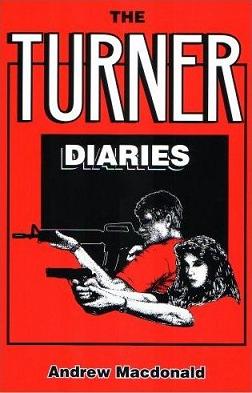
A novel by William Luther Pierce, leader of the National Alliance (white nationalistic organization) tells the tale of a white supremacist who overthrows the government and rids American society of non-whites and race traitors. In our closest depiction of fiction and reality, the main character in the novel destroys a FBI headquarter by detonating a truck loaded with ammonium nitrate and fuel oil.
The bombing of the Oklahoma federal building by Timothy McVeigh was extremely similar to the descriptions in the novel. McVeigh was even found with the copy of the book in his car when he was arrested. The attack in Oklahoma City killed 168 people including a nursery full of children.
6. The Secret Agent
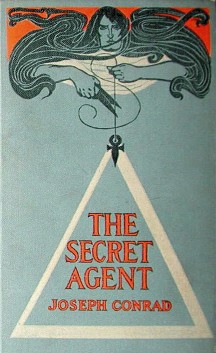
Another novel that inspired a reader in the wrong way was Joseph Conrad’s spy fiction tale. Set in the late 19th century, Conrad’s protagonist is a university professor/spy turned socialist anarchist, led into blowing up the London’s Greenwich Observatory in order to force the English government to a harsher stance against dissident groups. The novel had a profound effect on Ted Kaczynski, the Unabomber. The Unabomber later admitted to reading the novel more than a dozen times while also using the name Conrad or variations of it as aliases. Friends and family of Kaczynski state he had the book at his bedside as a youth.
5. “To Howard Hughes: A Modest Proposal”
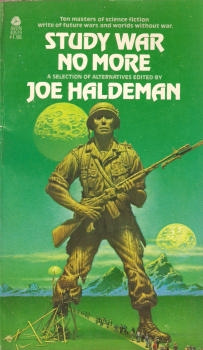
A short story written by Joe Haldeman and published in the Magazine of Science Fiction & Fantasy in 1974 has also been a victim of violent interpretation. The details of the short story include a blackmailer forcing world disarmament by developing his own nuclear bomb. In his hope to make the short story as accurate as possible, Haldeman gave a “pretty detailed instructions for acquiring plutonium and constructing a subcritical nuclear device” … We all know what happened next. A blackmail letter was sent to the mayor of Los Angeles, with a demand of a million dollars in cash, or a nuclear bomb would explode in the city. Apparently, the description was so accurate that city officials took the threat seriously and delivered the money. FBI officials soon found out that the blackmailer was a 15-year-old fan of the Joe Haldeman short story.
4. Stranger in a Strange Land
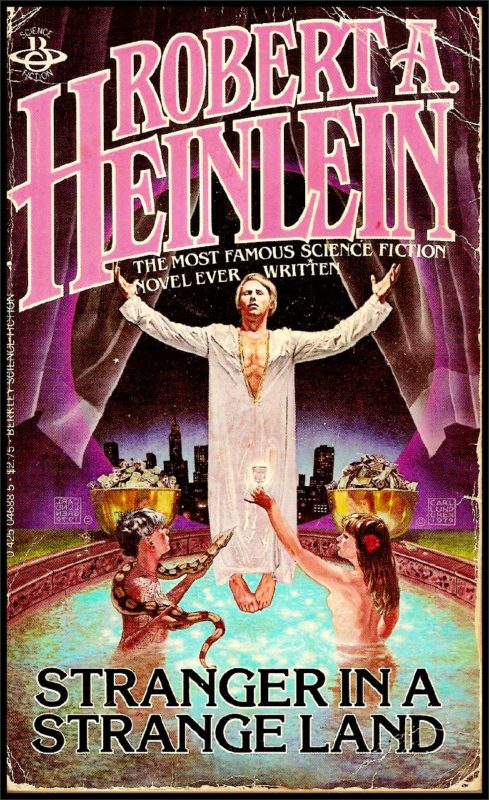
A science fiction novel that inspired numerous acts of violence and counter-cultural activity was Robert Heinlen’s influential work. One of our nation’s most eccentric criminals, Charles Manson, used the novel as a basis for his quasi-commune family and many argue that it had an influence on his psyche and murder of Sharon Tate and others.
According to reports, Manson’s followers adopted ideas and terminology from the book into their rituals. The Manson family were not the only ones who used Stranger in a Strange Land as inspiration. Others that were influenced include the Church of All Worlds, and various polygamous societies. The Church is based on concepts from the science fiction novel and various pagan ideas with the attempt of evolving consciousness.
3. Clockwork Orange
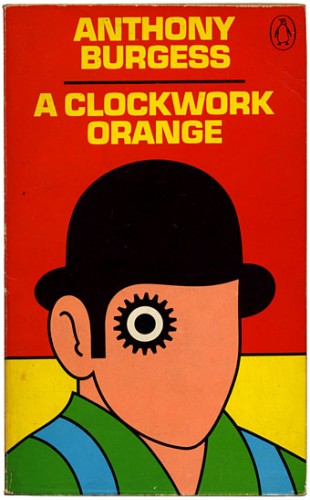
Stanley Kubrick’s adaption of Anthony Burgess’s dystopian novel led to outrage and eventually forced Kubrick to pull the film from theatres. The work follows Alex, a leader of a small gang of young adults, who attacks the homeless, steals, and engages in acts of rape. And while the film does not romanticize the behavior, it certainly portrays some actions as a sort of rebellion against the seemingly authoritarian society. Soon after the film was released, newspapers called Kubrick a promoter of violence and held him personally responsible for violent acts occurring in London. Police reported numerous beatings of the homeless and a gang rape where the attacked sang “Singin’ in the Rain.” Kubrick remains one of the artists on this list that received the most backlash for his work.
2. On the Path of the Golden Owl
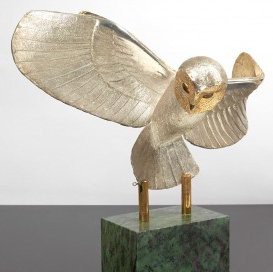
Another author that received a lot of attention because of his work is French Author Max Valentin. In his novel, he outlined clues that were said to lead to real-life buried treasure. Naturally, the French people became engulfed in finding said buried treasure. When they couldn’t find it, they blamed Valentin by sending him death threats and bribes. Unlike many other cases on this list, no murders took place, however, Valentin was forced to intervene when a man was soon to dig up a cemetery. Other cases involve someone entering a bank with a pickaxe and declaring the treasure was buried underneath. Another includes a man firebombing a church leaving behind a message that the treasure lay underneath the chapel. In this case, it is hard not to look at Valentin as partly culpable for the hysteria. He probably foresaw the chaos as he used a pseudonym for the work.
1. The Camp of the Saints
The line of art and propaganda is clearly crossed in French novelist: Jean Raspail’s anti-immigrant novel. Playing on the fears of a wave of Algerian immigration, Raspail inspired xenophobia and acts of violence against the new Algerian population. Raspail describes the Algerian immigrants as “”kinky-haired, swarthy-skinned, long-despised phantoms.” The work not only inspired hatred in France, but in the United States as well. Decades after the novel was published, American white-supremacist groups found it as correctly describing the current wave of Mexican immigration. White supremacist groups believed that Raspail correctly described the apocalyptic nature of the events and the negative effects of multiculturalism on a native population. Raspail’s work rounds out our list because of his attempt to disguise propaganda as literature.
